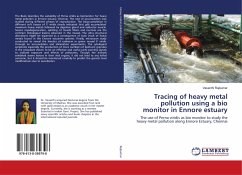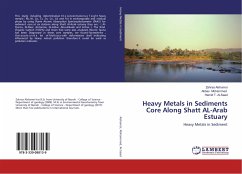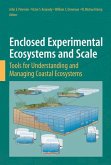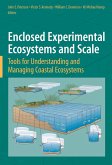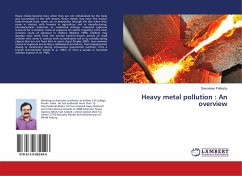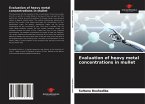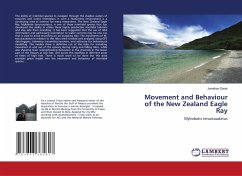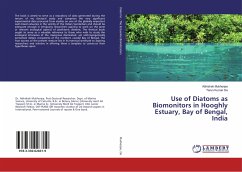The Book describes the suitability of Perna viridis as biomonitor for heavy metal pollution in Ennore estuary, Chennai. The rate of accumulation was studied during different phases of reproduction. The bioaccumulation in different soft tissues of P. viridis clearly indicated that gills accumulated maximum heavy metals followed by digestive gland and adductor muscle. Severe myodegeneration, splitting of muscle fibers and necrosis are the common histological lesions observed in the mussel. The ultra structural alterations might be expected as a consequence of toxic insult of heavy metals found in the Ennore estuarine systems. Finally, microcosm study conducted to reveal the kinetics of cadmium in green mussel P. viridis through an accumulation and elimination experiments. The cytological symptoms especially the production of more numbers of lipofucin granules in the cytoplasm shown to be an effective and useful early warning signals to indicate exposure and effects of pollutants. Though the animals exhibited severe lesions in their vital organs, it did not lead to any lethal outcome, but it should be monitored carefully to predict the genetic level modifications due to xenobiotics.
Bitte wählen Sie Ihr Anliegen aus.
Rechnungen
Retourenschein anfordern
Bestellstatus
Storno

